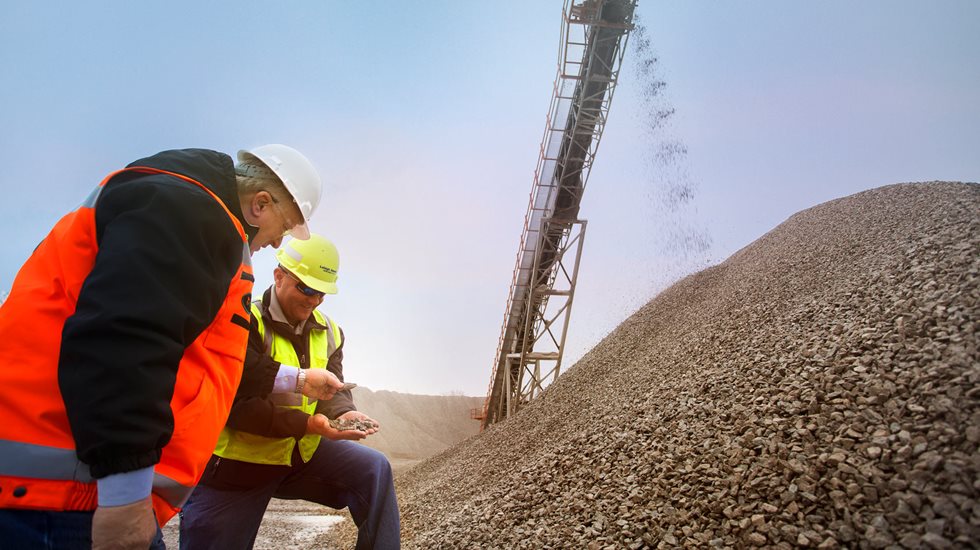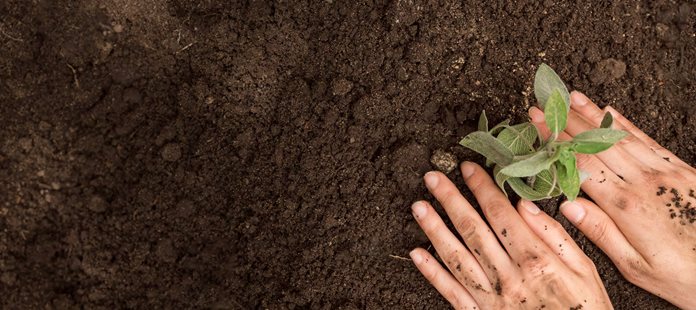More limestone and information
Although most Brazilian soils are acidic, only 40% of Brazilian agricultural producers, in general, are aware of the need for acidity correction. The information is from the Brazilian Association of Lime Producers (Abracal), the entity that brings together the mineral production chain for agricultural application.
According to the entity, consumption should follow the growth in the use of fertilizers in the order of 2.5 to 3 tons of agricultural limestone for each ton of fertilizer. Today, Abracal's estimate is that the ratio is between 1.5 and 2 ton of agricultural limestone for each ton of fertilizer.
There is no shortage of agricultural lime
If the use of the mineral is still below its potential, it is not the fault of supply. Technically, agricultural limestone reserves are included in limestone reserves as a whole. According to the ANM, Brazil has measured, indicated and inferred reserves of around 100 billion tons.
What's more: if limestone is used in the production of soil corrective, the producer can use the licensing regime, that is, no prior research work is necessary. Mining, in this way, can be immediate. In 2018 (most recent data) Brazil produced 43 million tons of agricultural limestone.
How limestone is made and who produces the limestone
Only Acre and Amapá do not produce agricultural limestone according to Abracal. In general, production is consumed within each state: the national average in 2018 indicates that 85% of the agricultural limestone mined was consumed regionally. Eight states stand out in terms of production: Mato Grosso (20% of total production), Minas Gerais (14.6%), Paraná (11.6%), Goiás (11.3%), Tocantins (9.3%), São Paulo (8.8%), Rio Grande do Sul (7.7%) and Mato Grosso do Sul (7.6%). Together they account for 91% of the production of the mineral used in soil correction. Production in 2018 increased by 14.6%.
Why consume more calcitic limestone
If Brazilian agribusiness consumed 90 million tons of agricultural limestone per year, productivity could be increased by 60% without needing new areas. The statement is from Abracal and there are scientific explanations for the increase. Liming raises the pH and the supply of calcium and magnesium, in addition to reducing the toxic effects of aluminum, iron and manganese. Among the importance of limestone, the use of lime also enhances other minerals such as sulfur and potassium, among others. Liming makes the soil more aggregated, reducing the effects of erosion. The neutral environment, in short, increases plant productivity.
Limestone use
According to the ANM, all carbonate rocks predominantly composed of calcium carbonate and/or calcium and magnesium carbonate can be used to correct soil acidity.
In other words: limestones, dolomites and marbles, among others, are sources for liming. It is independent of the ratio of calcium oxide and magnesium oxide. In Brazil, geologically, the reserves are distributed in practically all the states and represent hundreds of years of production at current levels.
How to use more calcitic limestone
There are currently two federal programs to encourage the use of limestone in the soil: Moderagro, known as the Agriculture Modernization and Natural Resources Conservation Program, and the ABC Program, Low Carbon Agriculture.
According to the ANM, the two are intended for cooperatives and rural producers and indirectly finance the recovery of soils from the use of agricultural magnesian limestone. With an eye on the increase in consumption, some Brazilian mining groups, which already work in the production of limestone for other segments, have projects to increase or start the production of agricultural limestone, according to the ANM.
Ethanol, an example to be followed
The alcohol and sugar mills showed how important the consumption of agricultural limestone can be. Abracal data indicate that the sector hit a record use of liming in 2019, increasing the adoption of limestone by 10.5%. The increase came with the higher consumption of ethanol as a fuel: 32.8 billion liters or 3.1 billion liters more than in 2018.


